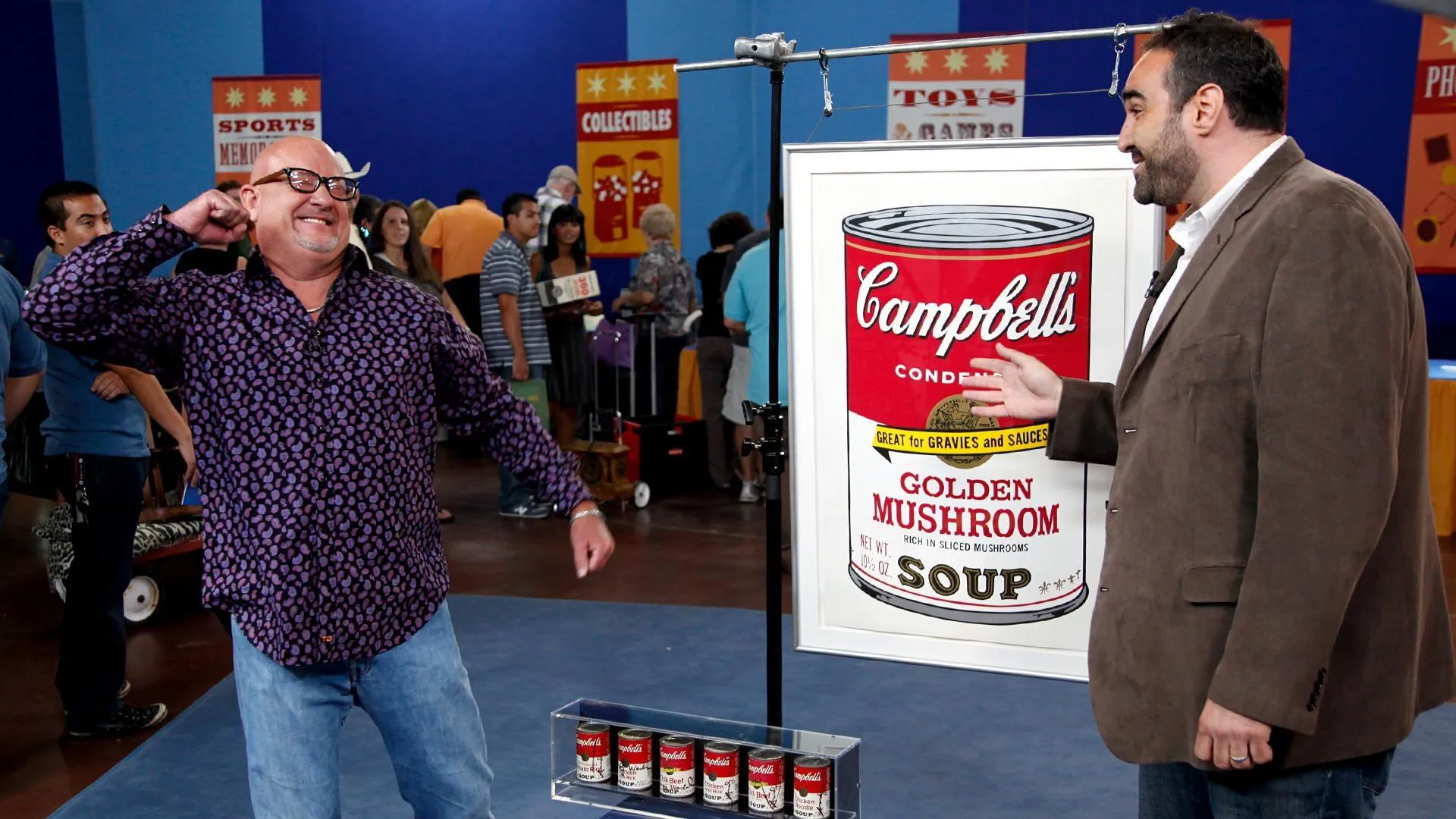GUEST: My dad found the vase in about 1961, '62 timeframe. He was an apartment manager in the city of Boston, worked for a company that owned several apartments, and part of his job was to go in when folks would move out, make sure everything was cleared out, and this particular apartment-- and I believe it was in Roxbury, Mass.-- there was trash and rubbish on the floor, and as he was cleaning it up, the vase was underneath all the trash. But it was dirty. And he picked it up, thought it might be worth something, brought it home, and brought it to my mother, and she washed it off and then could see the Minton label on the bottom of the vase. And that was before I was born. I've heard the story many times, and every time she would tell me the story, she would say, "And maybe it will be worth something one day."
APPRAISER: What you have is a Minton vase, like you know-- you saw the mark on the bottom-- and it's done in a technique called pâte-sur-pâte which is a buildup of slip decoration that was popular by a gentleman by the name of Louis Solon, who actually left the Sèvres factory and came over to Minton in about 1870. He brought this technique and taught a family of folks by the name of Birks to do it. And if we look at the front of the piece, down here-- and it's very difficult to see, ever so faint-- is an "LB," which stands for Lawrence Birks.
GUEST: Okay.
APPRAISER: And Lawrence Birks was taught by Louis Solon himself. On the bottom here, we see the mark that actually dates this piece between 1873 and 1891. It's the classic Minton mark with the crown on top. The vase itself is beautifully decorated on the front and on the back in the same manner where they build up the white. Very gently done. This particular example is not one of the better pieces of this work, actually.
GUEST: Oh.
APPRAISER: You don't see it that often, but when you do, you often do see a piece much better than this.
GUEST: Oh. (laughs)
APPRAISER: Also had a pair, more than likely.
GUEST: Okay.
APPRAISER: If you sold it today, at auction, it would probably be estimated between $1,500 and $2,500.
GUEST: Okay.
APPRAISER: If you had the other half, we would probably push it up to between $5,000 and $7,000.
GUEST: Oh, okay.
APPRAISER: And it would not surprise me if it did remarkably more than that.
GUEST: Okay.
APPRAISER: What do you think you'll do with it now?
GUEST: Oh, we're going to keep it. My mother gave it to me and I'll keep it.











